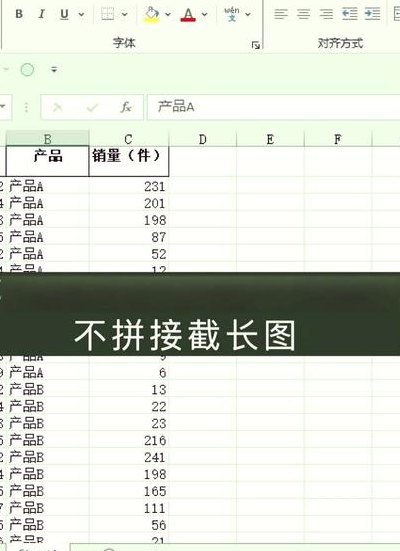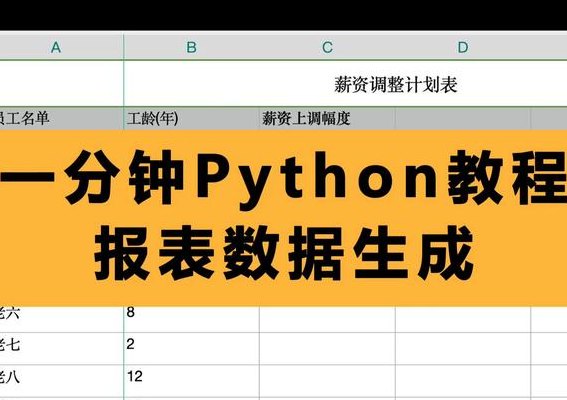我搜索了网络上的方案,感觉把 Excel 表格转换为 HTML 再用 platwright 截图是比较顺畅的路径,因为有顺畅的工具链。如果使用的是 Windows 系统则不需要阅读此文,因为 win32com 库更方便。这篇文章中 Excel 转 HTML 的方案,主要弥补了网上其他方案中存在合并单元格的情况。代码为智谱清言帮助生成,有些变量控制还是需要自己改一下。
具体实现代码如下
from openpyxl import load_workbookfrom openpyxl.styles import Font, Border, Side, Alignmentfrom playwright.sync_api import sync_playwrightfrom datetime import datetime # 打开浏览器并截图def capture_table_screenshot( url, output_file, table_selector): with sync_playwright() as p: browser = p.chromium.launch(headless=False) page = browser.new_page() # 注意这里需要加协议 page.goto("file://" + url) # 等待表格元素加载完成 page.wait_for_selector(table_selector) page.wait_for_timeout(1000) # 对表格元素进行截图 table_element = page.locator(table_selector) table_element.screenshot(path=output_file) browser.close() # 默认合并单元格的文本内容是放在左上单元格的,如果不是,需要专门程序处理。# 边框样式默认为1px soliddef read_excel(file_path): # data_only 将 Excel 表格里的公式计算成数值读取出来。 wb = load_workbook( filename=file_path, data_only=True) ws = wb.active # 读取活动工作表 data = [] merges = [] # 用于存储合并单元格的信息 cell_styles = [] # 读取合并单元格信息 for merged_range in ws.merged_cells.ranges: start_row, start_col = merged_range.min_row, merged_range.min_col end_row, end_col = merged_range.max_row, merged_range.max_col merges.append((start_row-1, start_col-1, end_row-1, end_col-1)) for row in ws.iter_rows(): row_data = [] row_styles = [] for cell in row: print(f"当前单元格的坐标:{cell.coordinate}") if cell.coordinate in ws.merged_cells.ranges: # 跳过合并单元格中的非起始单元格 continue if cell.value is not None: print(f"单元格的值:{cell.value}") row_data.append(str(cell.value)) else: row_data.append('') # 空单元格填充空字符串 # 读取单元格样式,提供默认值 font = cell.font if cell.font else Font() border = cell.border if cell.border else Border() alignment = cell.alignment if cell.alignment else Alignment() print(f"单元格字体颜色:{font.color.index}") print(f"单元格边框样式:{border.top.style}") cell_style = { 'font': { 'name': font.name if font.name else 'Arial', 'size': font.size if font.size else 12, 'bold': font.bold if font.bold else False, 'italic': font.italic if font.italic else False, 'color': font.color.rgb if font.color and font.color.rgb else '#000000' }, 'border': { 'top': '1px solid' if border.top and border.top.style else None, 'left': '1px solid' if border.left and border.left.style else None, 'right': '1px solid' if border.right and border.right.style else None, 'bottom': '1px solid' if border.bottom and border.bottom.style else None }, 'alignment': { 'horizontal': alignment.horizontal if alignment.horizontal else None, 'vertical': alignment.vertical if alignment.vertical else None } } row_styles.append(cell_style) print(f"转换后的单元格样式:{cell_style}") data.append(row_data) cell_styles.append(row_styles) return data, merges, cell_styles # 该处默认只有同一行合并多列的情况。如果合并单元格占了两行,需要另外的处理。def generate_html_table(data, merges, cell_styles): print(f"合并单元格的信息:{merges}") html = "<table style='border-collapse: collapse;'>\n" for row_idx, row in enumerate(data): print("-"*20) print(f"当前行的数据:{row}") html += "<tr>\n" # 设置一个跳过非首个合并单元格的标记 skip_next_cell = 0 for col_idx,cell in enumerate(row): if skip_next_cell > 0: skip_next_cell -= 1 continue # 行号、列号从0开始 print(f"当前单元格的值:{cell},行号:{row_idx},列号:{col_idx}") # 如果当前单元格为1行4列,则修改cell值 if row_idx == 1 and col_idx == 4: # 获取今天的日期 today = datetime.today() cell = formatted_date_no_leading_zeros = "截止 " + today.strftime("%-m 月 %-d 日") print(f"修改后的单元格值:{cell}") # 去除单元格样式 style = cell_styles[row_idx][col_idx] if style: font_style = f"font-family:{style['font']['name']}; font-size:{style['font']['size']}pt; " \ f"font-weight:{'bold' if style['font']['bold'] else 'normal'}; " \ f"font-style:{'italic' if style['font']['italic'] else 'normal'};" border_style = f"border-top:{style['border']['top']}; " \ f"border-left:{style['border']['left']}; " \ f"border-right:{style['border']['right']}; " \ f"border-bottom:{style['border']['bottom']};" alignment_style = f"text-align:{style['alignment']['horizontal']}; " \ f"vertical-align:{style['alignment']['vertical']};" if (row_idx, col_idx) in [(m[0], m[1]) for m in merges]: # 检查当前单元格是否是合并单元格的起始单元格 rowspan = [m[2] - m[0] + 1 for m in merges if m[0] == row_idx and m[1] == col_idx][0] colspan = [m[3] - m[1] + 1 for m in merges if m[0] == row_idx and m[1] == col_idx][0] if style: html += f"<td style='{font_style} {border_style} {alignment_style}' rowspan={rowspan} colspan={colspan}>{cell}</td>" else: html += f"<td rowspan={rowspan} colspan={colspan}>{cell}</td>" skip_next_cell = colspan - 1 # 跳过合并的列 else: if style: html += f"<td style='{font_style} {border_style} {alignment_style}' >{cell}</td>" else: html += f"<td>{cell}</td>" html += "</tr>\n" html += "</table>" html = "<!DOCTYPE html><html><head><meta charset='UTF-8'><title>Excel Table</title></head><body>" + html + "</body></html>" return html def main(): current_dir = 'reer' excel_file_path = current_dir + 'log/2re0207.xlsx' # 替换为你的Excel文件路径 html_file_path = current_dir + 'log/output.html' screenshot_file_path = current_dir + 'log/table_screenshot.png' data, merges, cell_styles = read_excel(excel_file_path) html_table = generate_html_table(data, merges, cell_styles) with open(html_file_path, 'w', encoding='utf-8') as file: file.write(html_table) # 调用函数,替换以下参数 url = html_file_path # 网页URL output_file = screenshot_file_path # 输出文件路径 table_selector = 'table' # 表格的CSS选择器,根据实际情况调整 capture_table_screenshot(url, output_file, table_selector) if __name__ == "__main__": main()





